1954 Corvette Prototype: A Euro-flair design that never was
Chevrolet built just 4640 Corvettes between 1953 and 1955, which makes each survivor of this initial “C1” design a special car in its own right. But perhaps none is quite as special as the 1954 Corvette prototype that will go under the hammer at Gooding & Company’s Pebble Beach auction on August 18 and 19. Because the mere fact this ‘Vette still exists at all is exceptional.
This car’s story goes back all the way to the very beginning of the Corvette program, prior to ’53, when GM built a batch of around 15 pre-production prototypes for experimental and display use. Largely hand-built, these vehicles were issued only a four-digit S.O. (“Shop Order”) code for internal use rather than a regular production-code number, as would have been used for a salable car.
Known initially as S.O. 2000, this particular Corvette prototype began life as a pale yellow hardtop model. It didn’t stay that way for long, though. Dismantled in early 1954, its body returned to GM’s design department where it received a new “S.O. 2151” code as well as a new chassis.

Most important in this context, the car got a fresh look. Under the watch of GM’s legendary design chief Harley Earl, this Corvette was transformed into a so-called “Proposal Car,” a prototype built for GM management to evaluate the styling changes intended for the Corvette’s 1955 model year. Given that the scope of this project was a simple facelift, likely meant to rekindle interest in the Corvette amid flagging sales, the car’s fundamental design and proportions didn’t change. Nevertheless, it’s an intriguing glimpse into Earl’s ideas for the Corvette’s evolution, highlighting a somewhat different design direction from the one he eventually chose for the model’s subsequent 1956 revamp.
In automobile design, the period between the end of World War II and 1960 was characterized by an intense creative exchange between the two sides of the Atlantic. On the one hand, to people in war-ravaged Europe, the triumphant U.S.A. represented a beacon of progress, the promise of a brighter future. In car design terms, this translated into European automakers’ wide adoption of design elements like wraparound glass and tailfins.
On the other hand, Detroit’s stylists sought inspiration from the Old World’s design heritage to lend a certain prestige and sophistication to their mass-market offerings. This Corvette prototype serves as an excellent case in point.
Design cues like the aggressive egg-crate grille, non-functional hood scoop, and slanted air outlets on the front fenders were all lifted straight from period Ferraris. Chevrolet’s curvaceous little roadster originated from Harley Earl’s desire to create an all-American answer to the growing success of European sports cars, so the look of this proposed facelift seems to further build on that original idea.
Interestingly, the decorative chrome trim pieces adorning the fender’s air outlets are only present on the left side of the car. The same goes with the Corvette script, which is also placed differently from left to right. A convenient way to evaluate different options using a single model, such asymmetrical prototypes are still a staple of every automaker’s design process.

The most notable styling change at the rear of S.O. 2151 is the trunk lid, whose shape is redolent of the ’54 Motorama’s fastback Corvair show car. The exhaust tips integrated into the rear bumperette’s design are another noteworthy feature, if only because they are the sole design element from this Corvette that made it onto the redesigned 1956 model.
General Motors ultimately decided not to change the Corvette’s appearance for the 1955 model year. With just 700 cars produced that year, the Corvette program was hanging by a thread and was ultimately, albeit indirectly, saved by the Ford Motor Company. As the Thunderbird outsold the Corvette more than 20 times over in ’55, GM reimagined the Corvette for 1956 with better weather protection, roll-up windows, and an overall glitzier appearance.
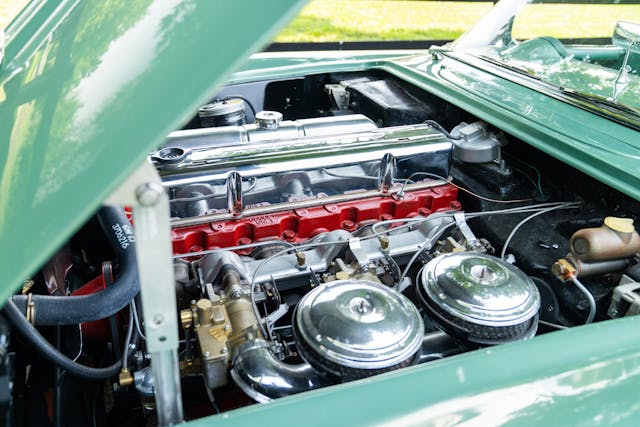
For GM or any other automaker, cars like S.O. 2151 are development tools. It may seem cold and shortsighted through a retrospective lens, but once such prototypes serve their purpose, their life expectancy can usually be measured in weeks. So, although we may never know exactly how this unique Corvette managed to escape destruction, let alone slip into private hands, it’s important to recognize its survival as an exceptional occurrence.
Following a painstaking restoration that took three years and brought this forgotten piece of Corvette history back to its appearance during its (fleeting) glory days of mid-1954, S.O. 2151 made its public debut at The Amelia in March this year.

Given the car’s unique status and significance, it comes as no surprise that Gooding & Company estimates it could fetch between $1.5M and $2M on the auction block, which means it could become the most expensive “C1” Corvette ever sold. That honor currently belongs to a 1962 Corvette “Gulf Oil” race car, which sold for $1.65M in 2015 at an RM Sotheby’s auction.
Although few people can afford to bid for the privilege of being this Corvette’s next custodian, those who saved, lovingly restored, and documented it all made a priceless contribution to the preservation of automobile history. That makes us all a little bit richer, no?
**
Matteo Licata received his degree in Transportation Design from Turin’s IED (Istituto Europeo di Design) in 2006. He worked as an automobile designer for about a decade, including a stint in the then-Fiat Group’s Turin design studio, during which his proposal for the interior of the 2010–20 Alfa Romeo Giulietta was selected for production. He next joined Changan’s European design studio in Turin and then EDAG in Barcelona, Spain. Licata currently teaches automobile design history to the Transportation Design bachelor students of IAAD (Istituto di Arte Applicata e Design) in Turin.
***
Check out the Hagerty Media homepage so you don’t miss a single story, or better yet, bookmark it. To get our best stories delivered right to your inbox, subscribe to our newsletters.

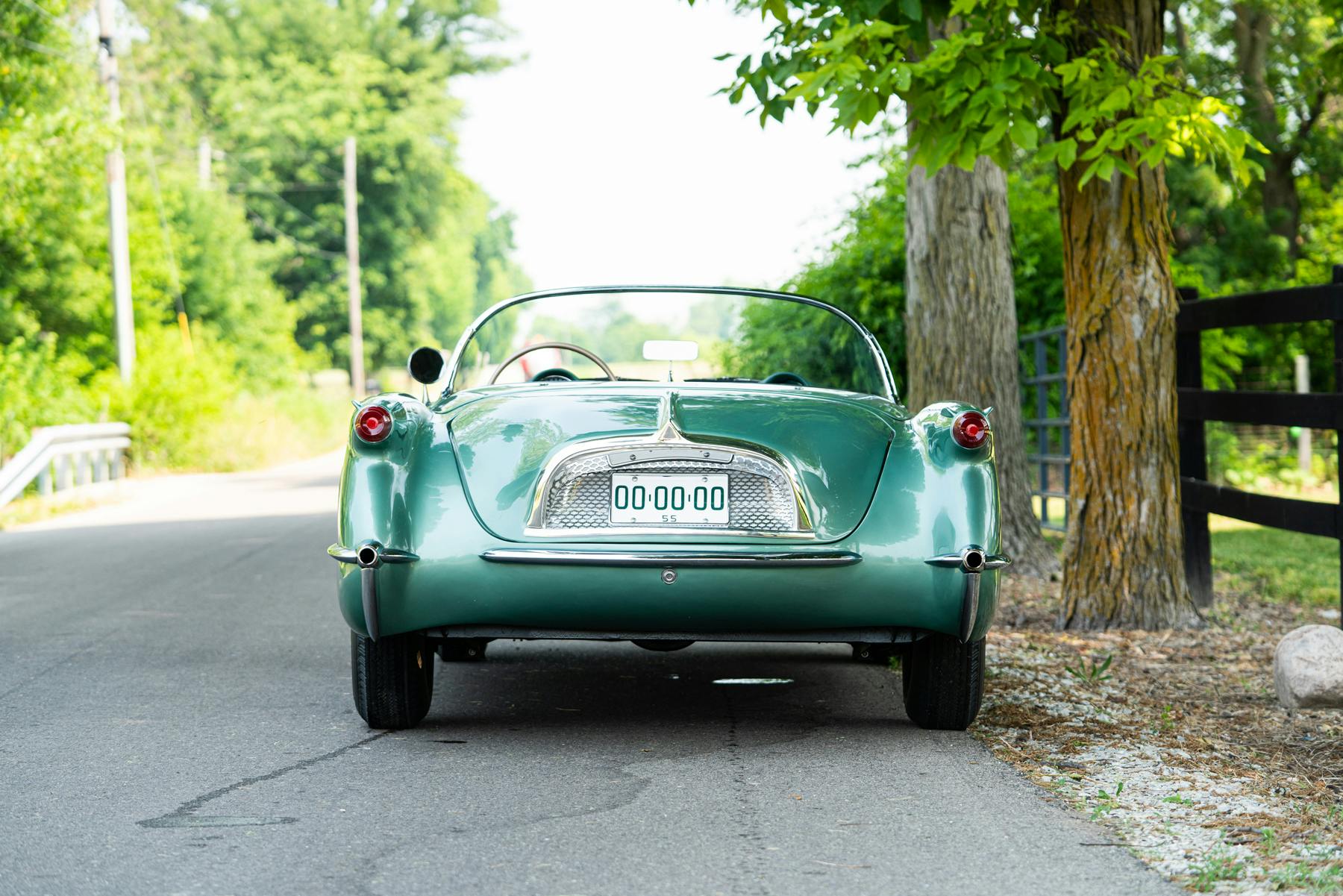

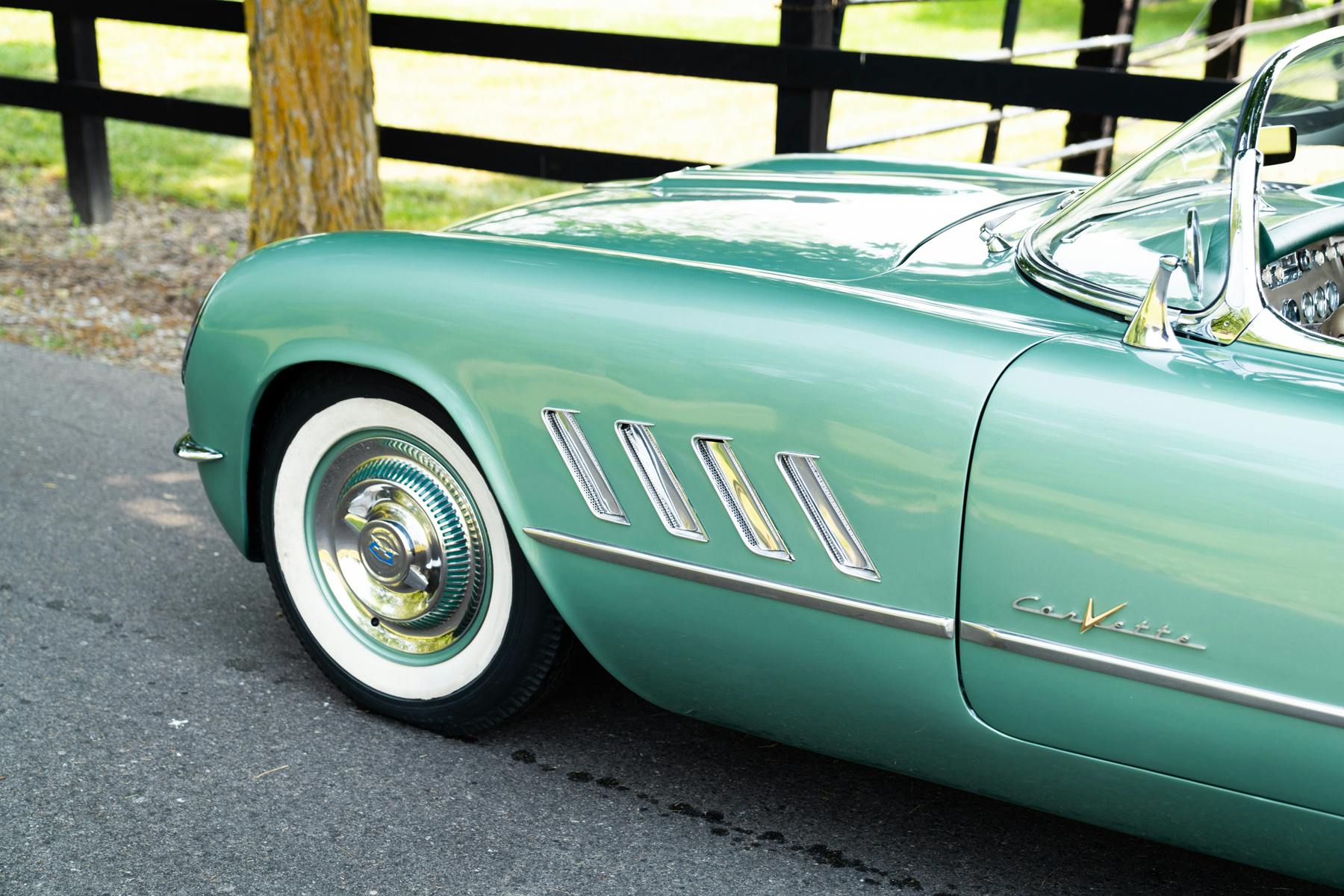
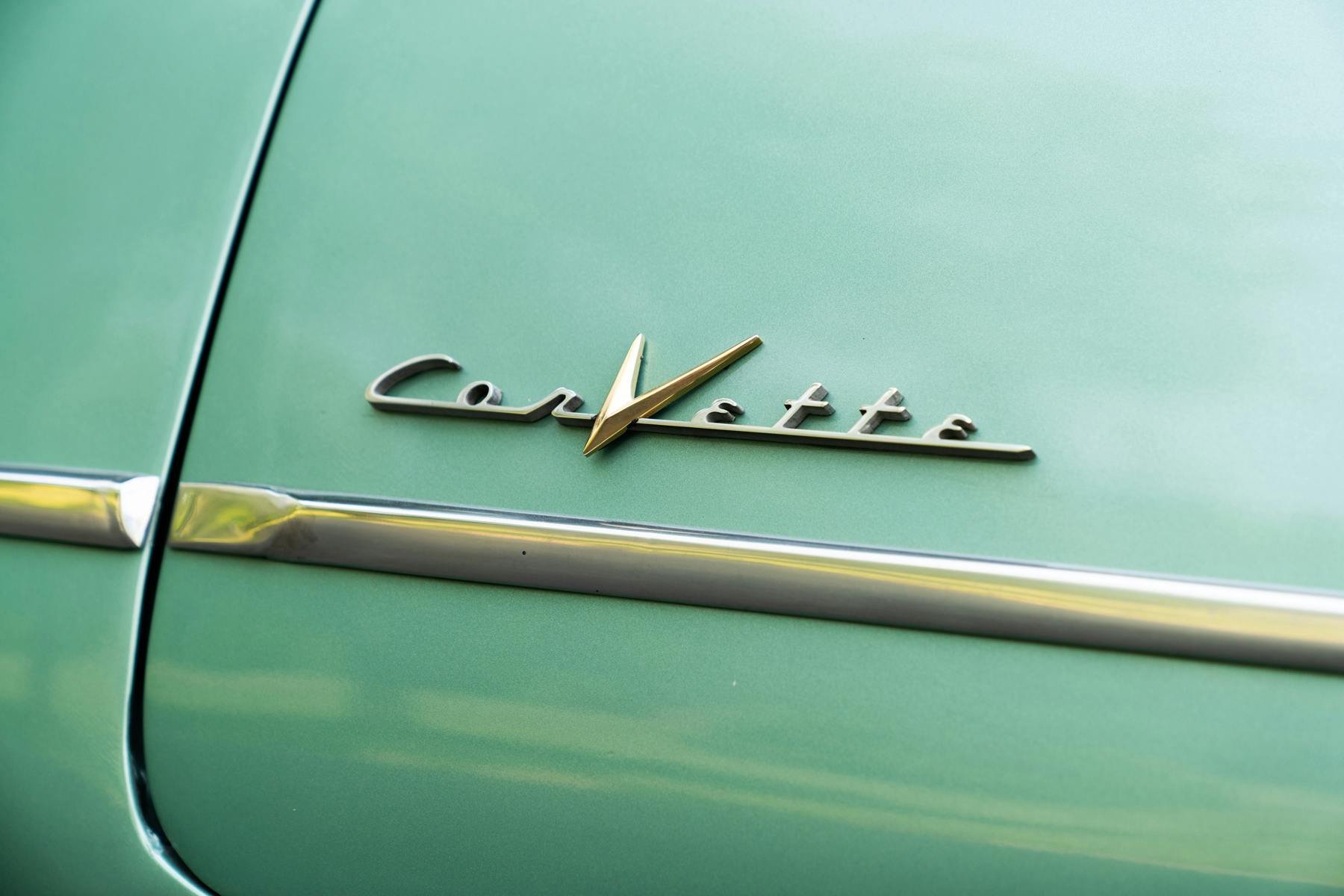
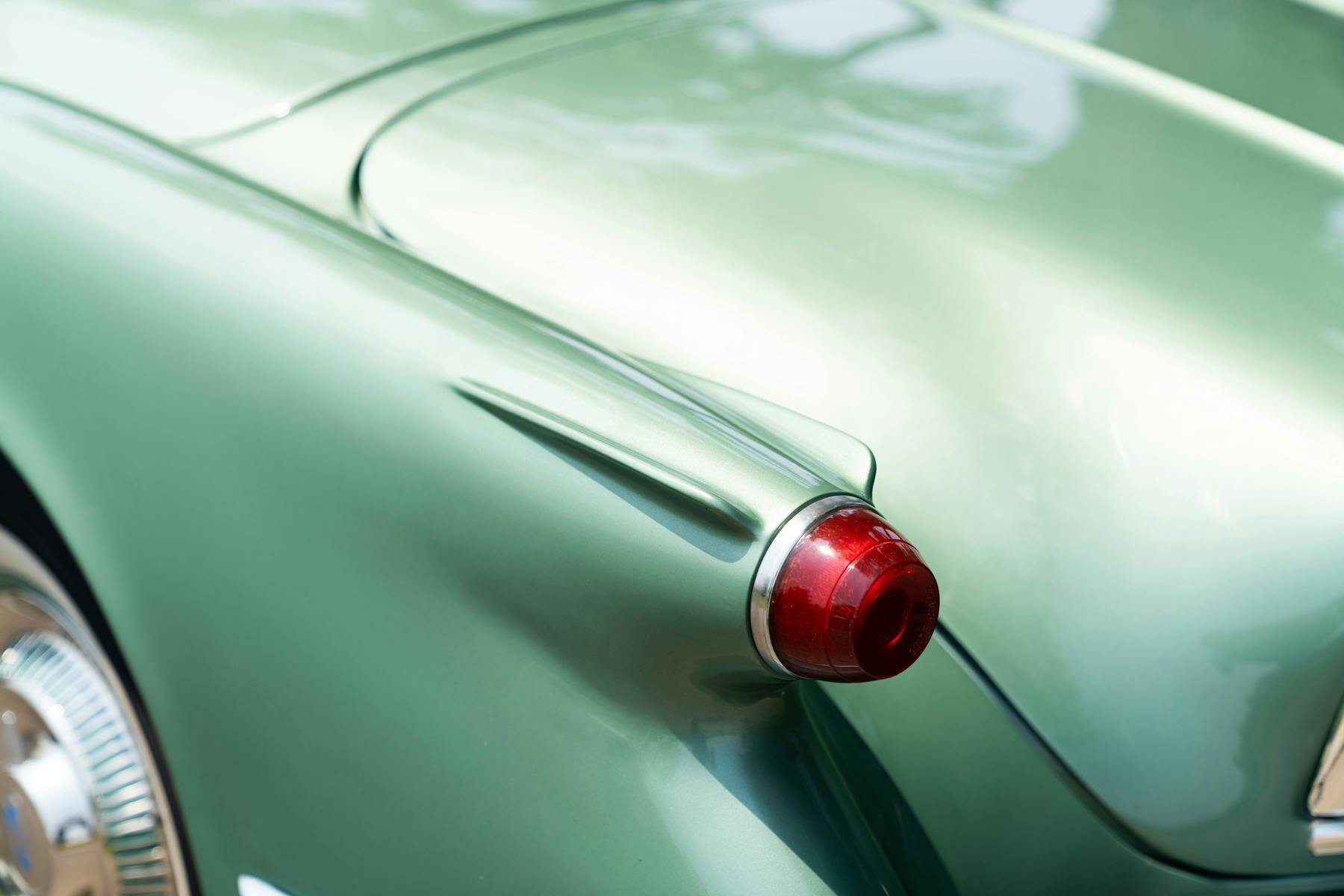
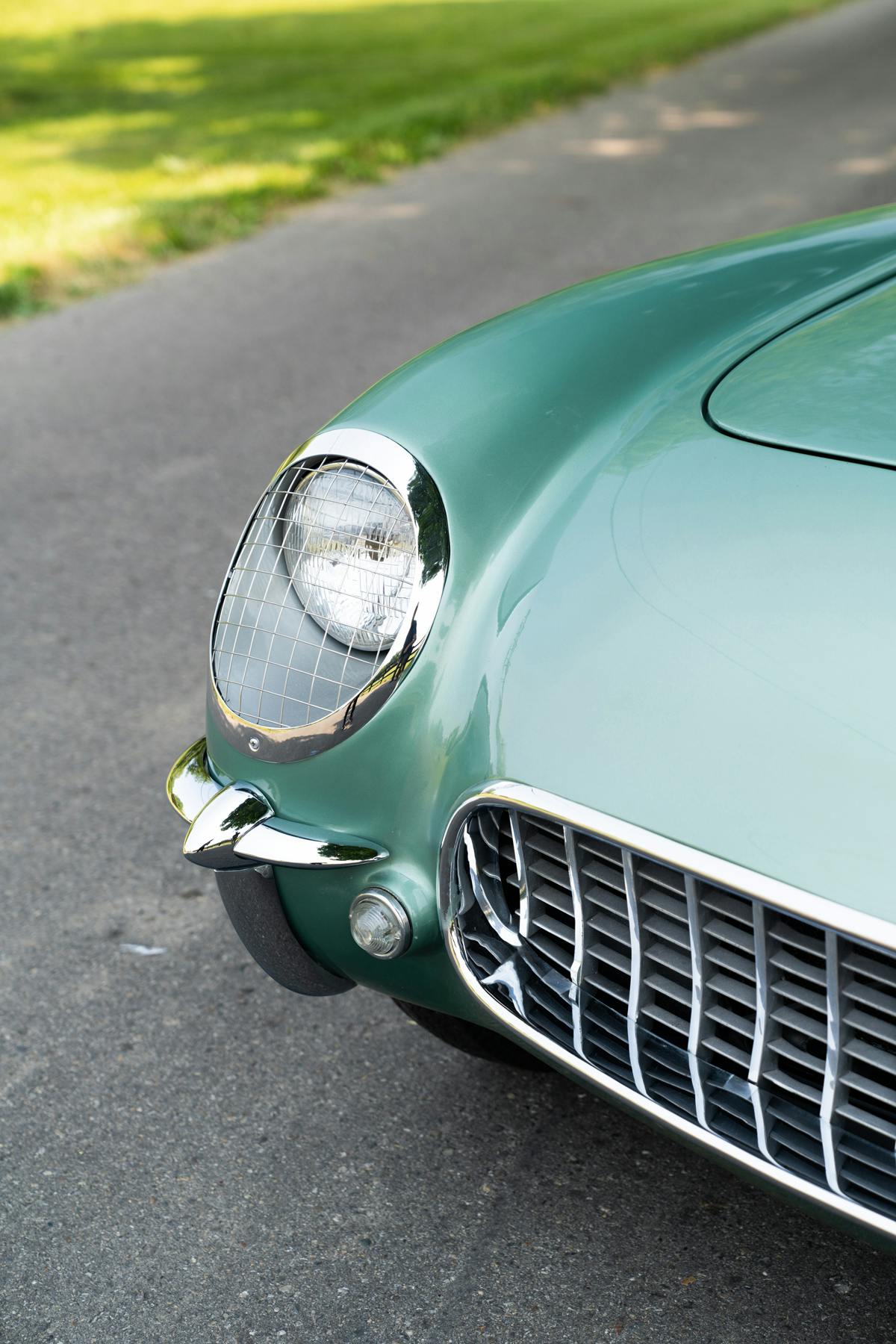
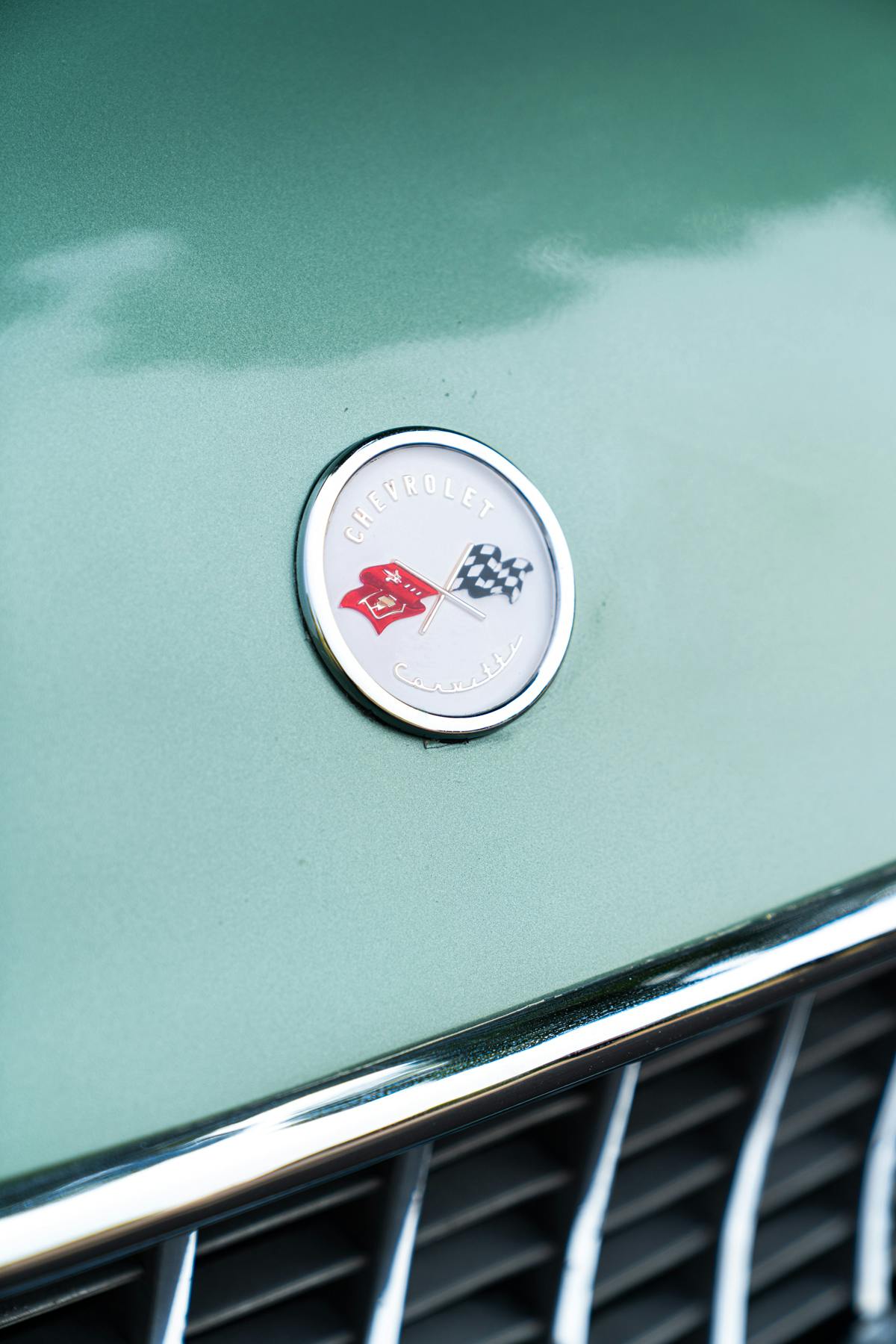
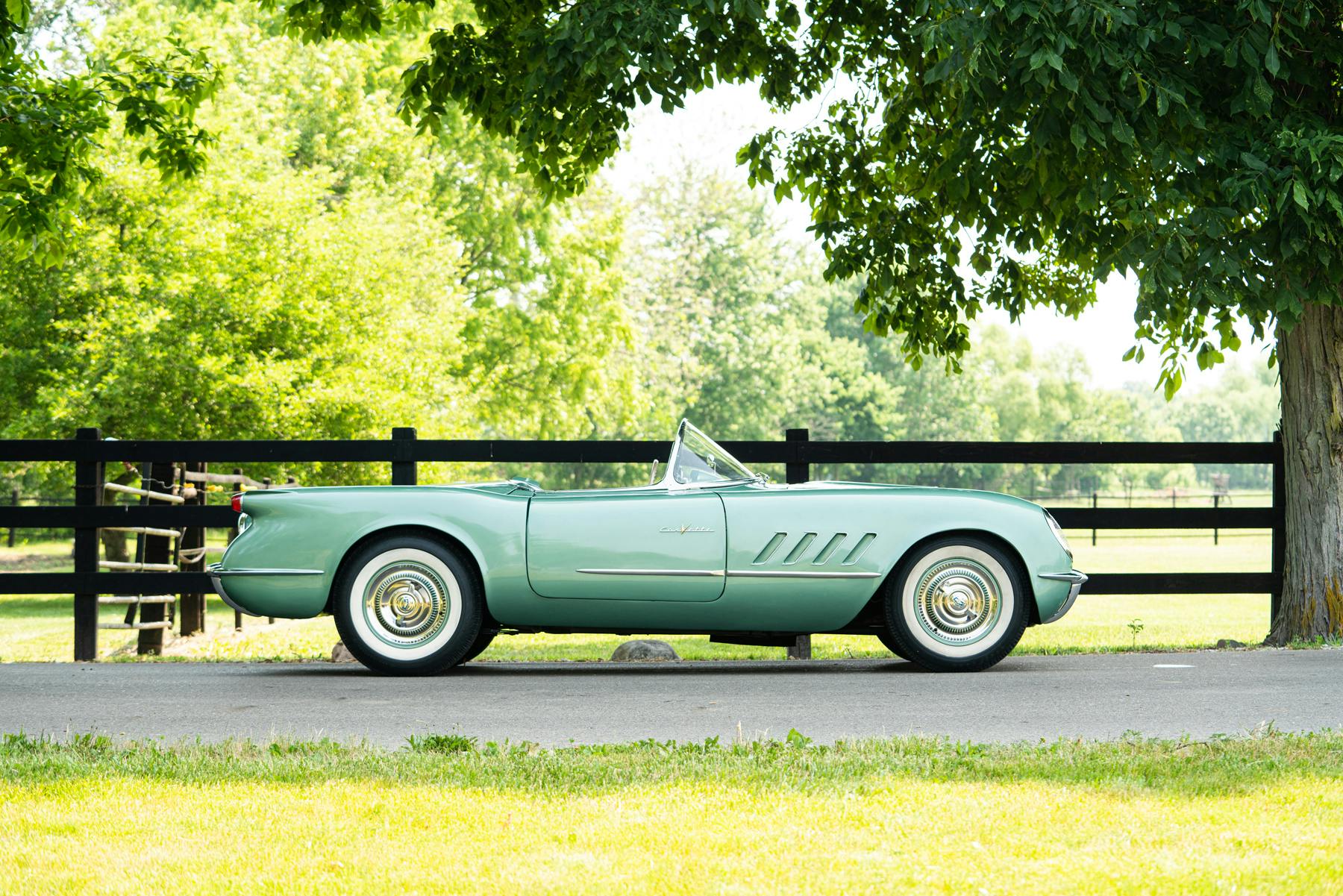

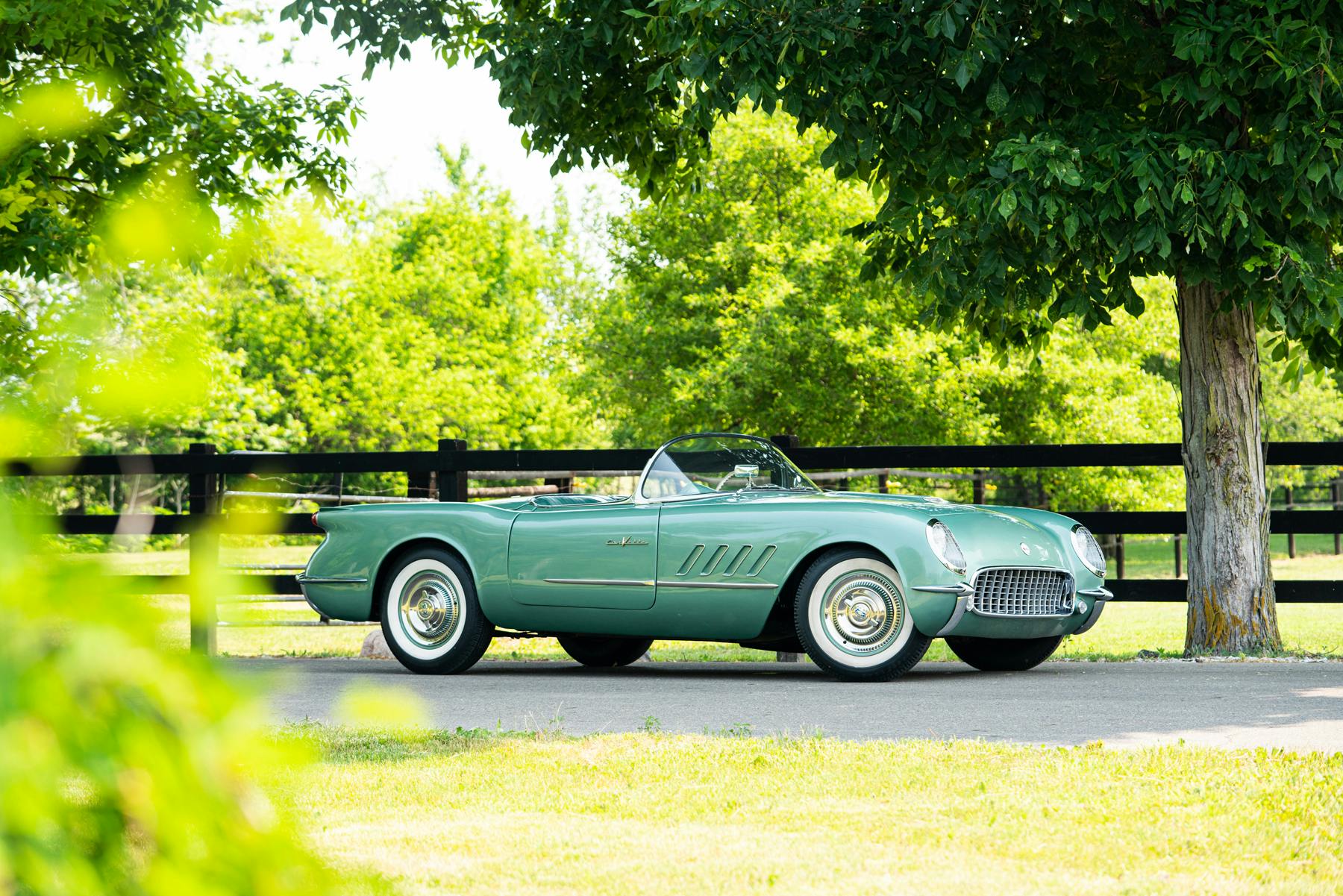
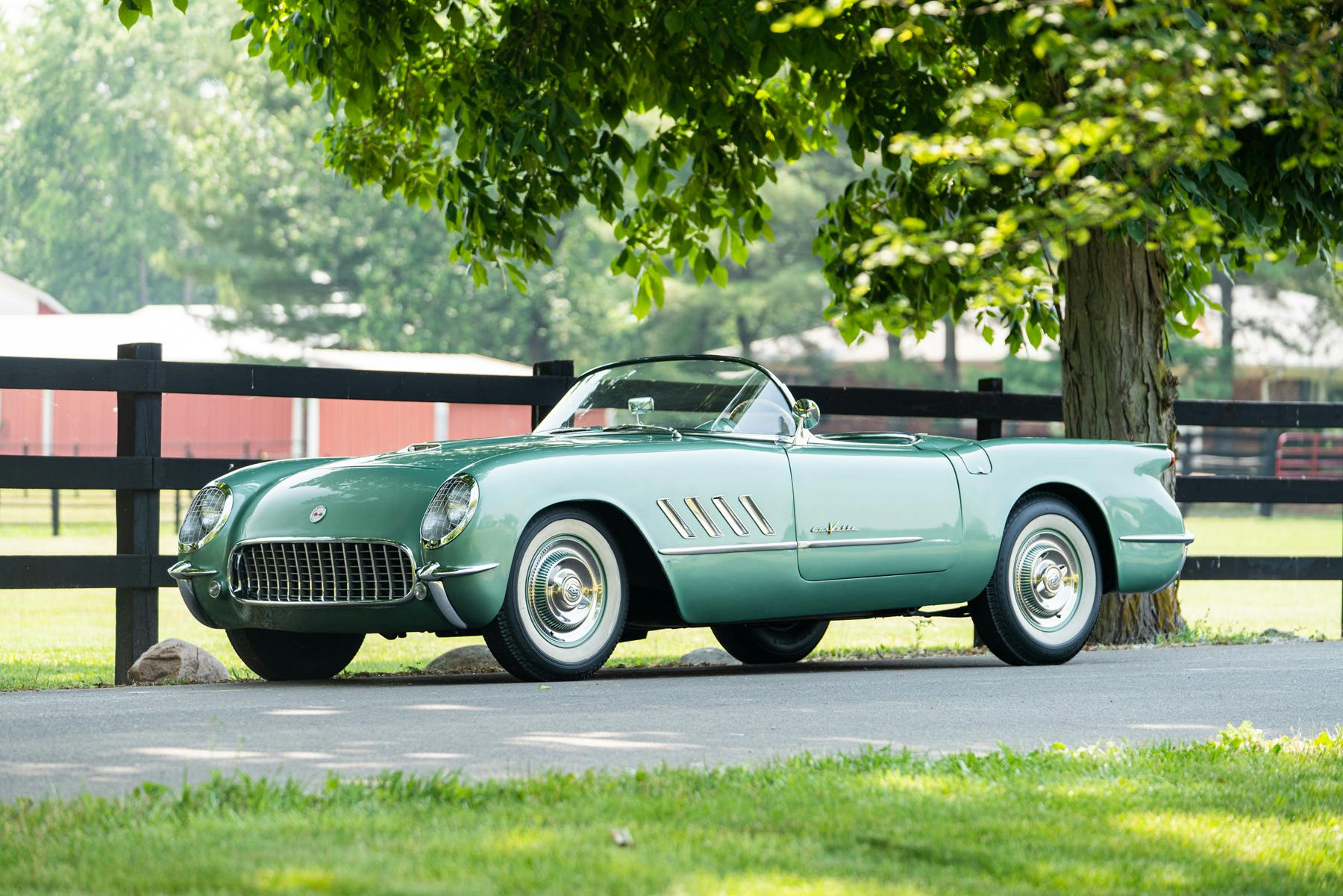

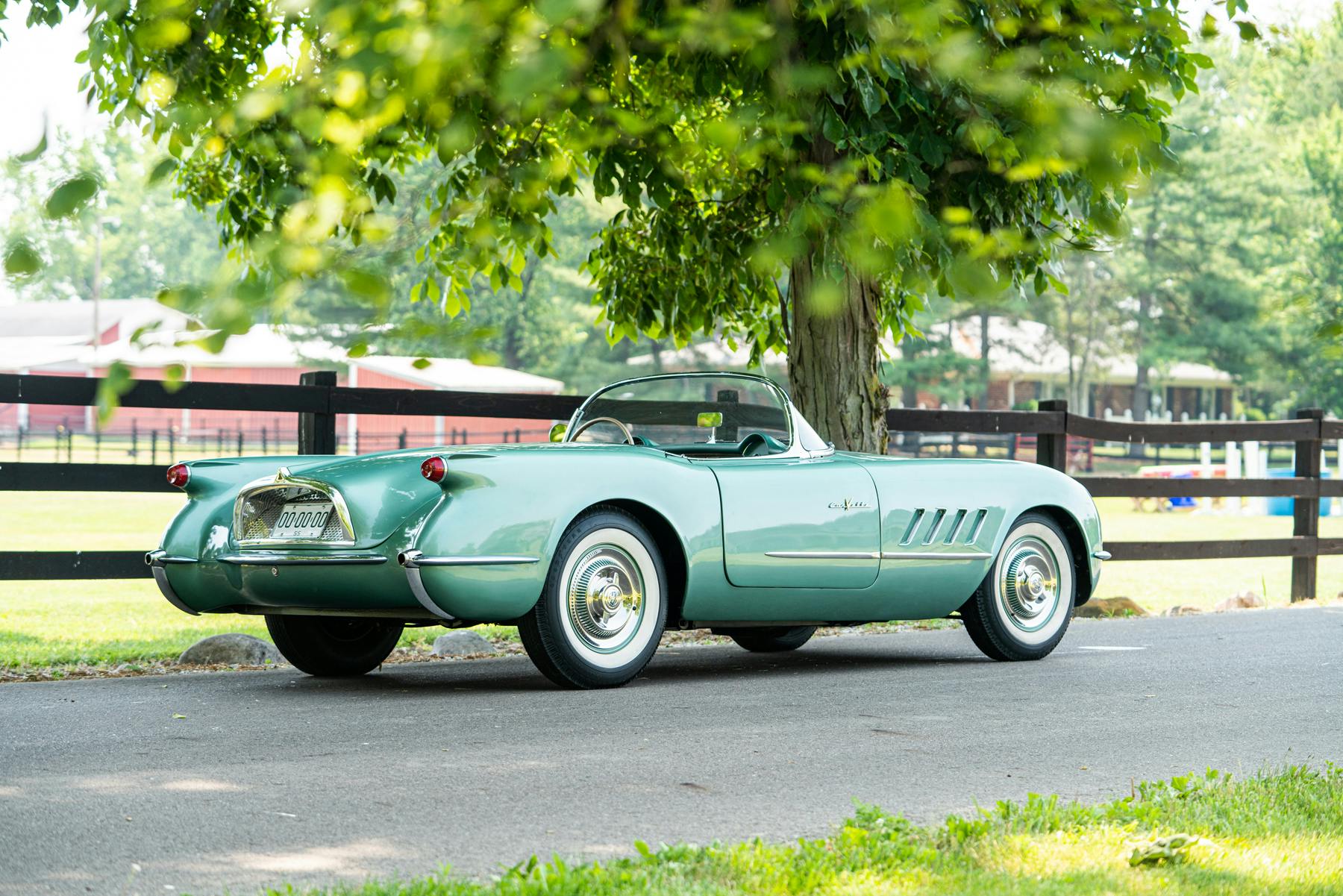
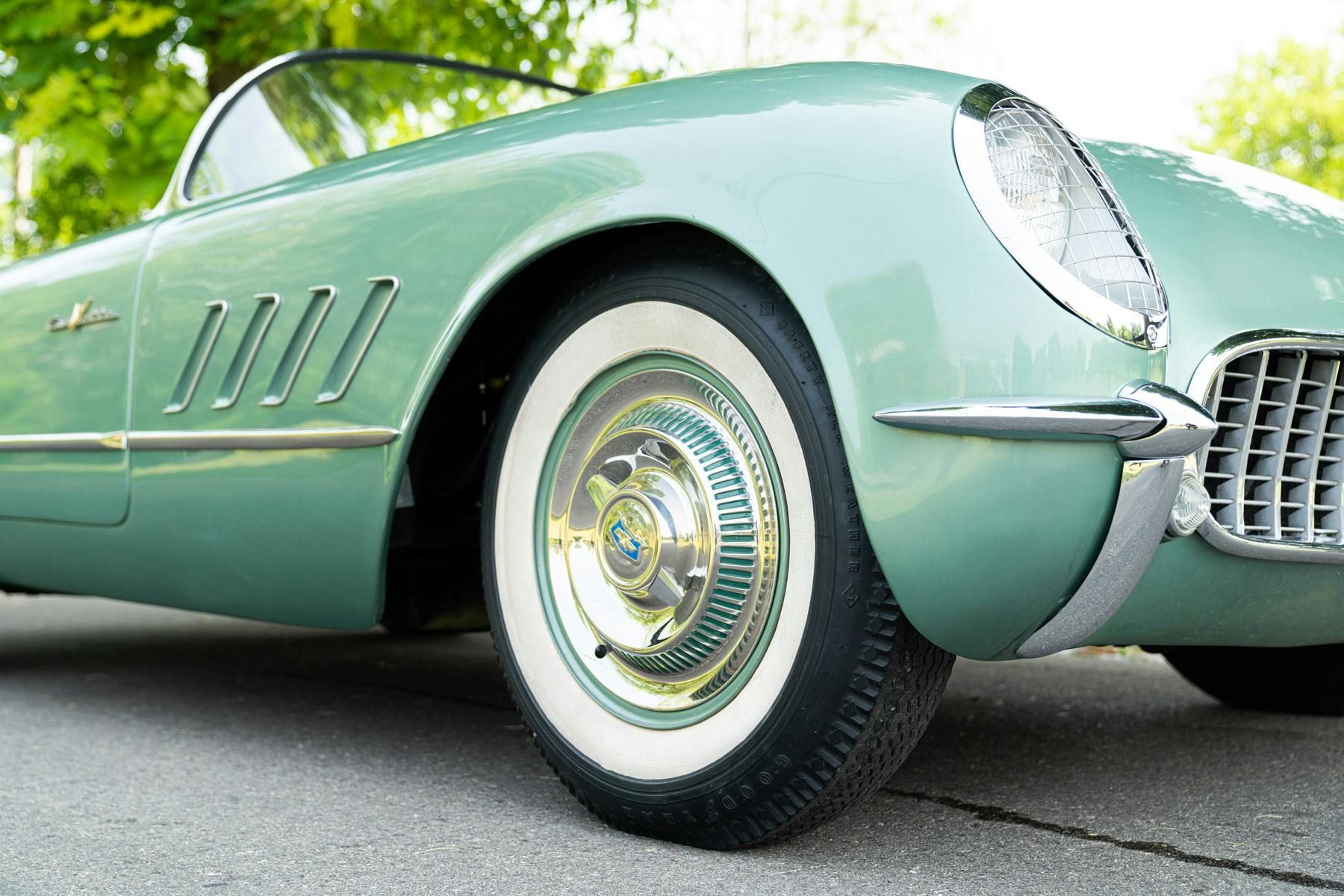
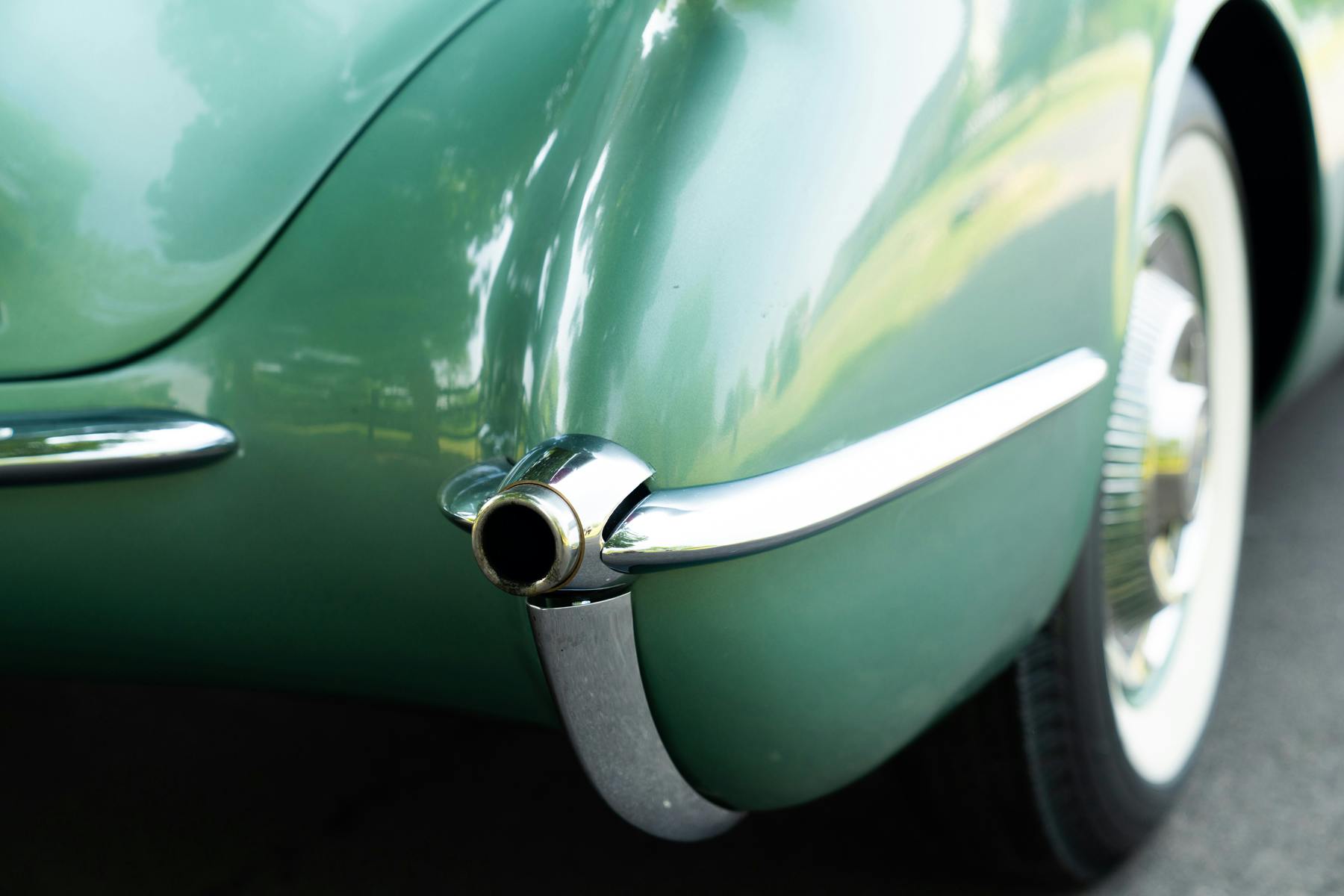
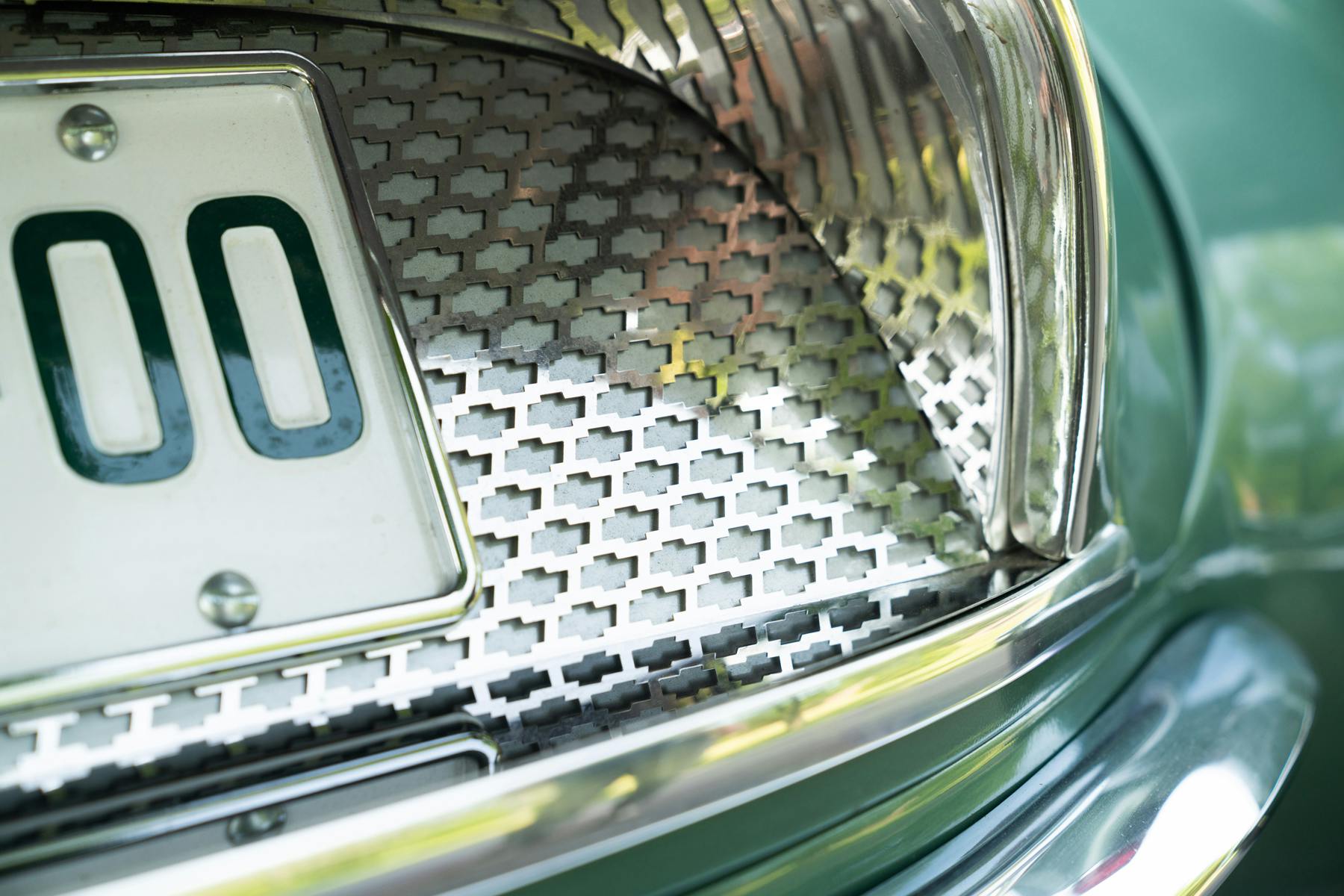
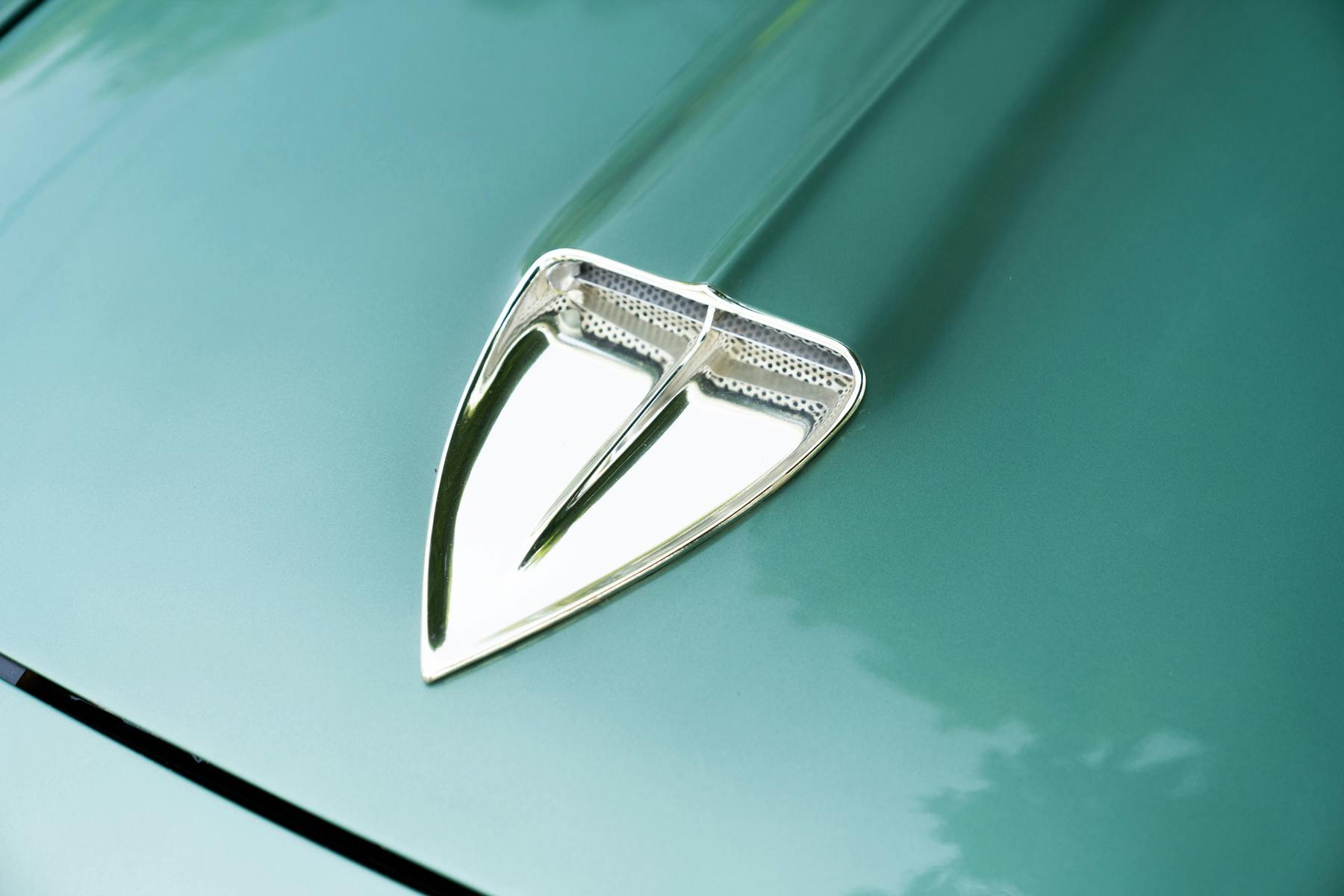
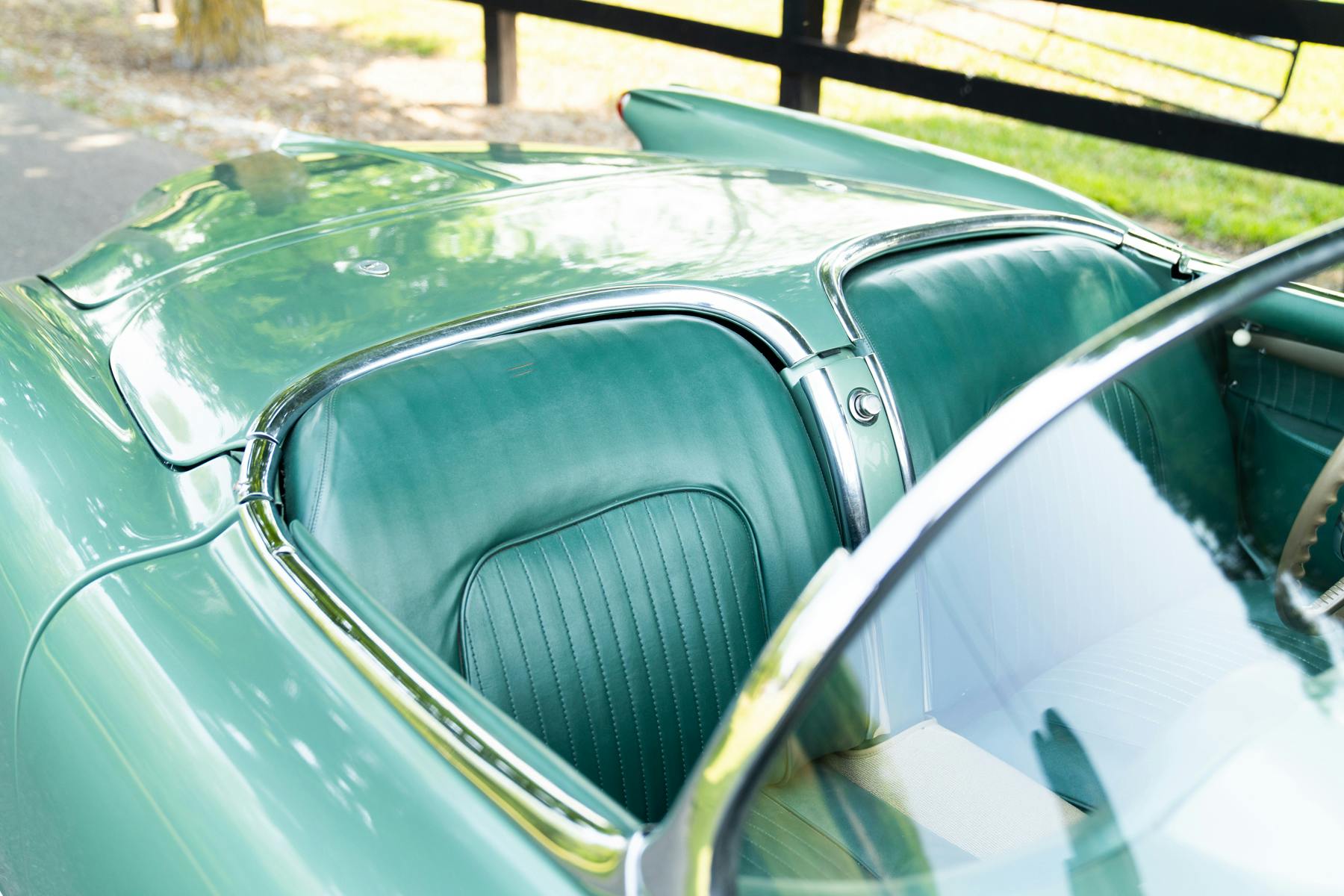

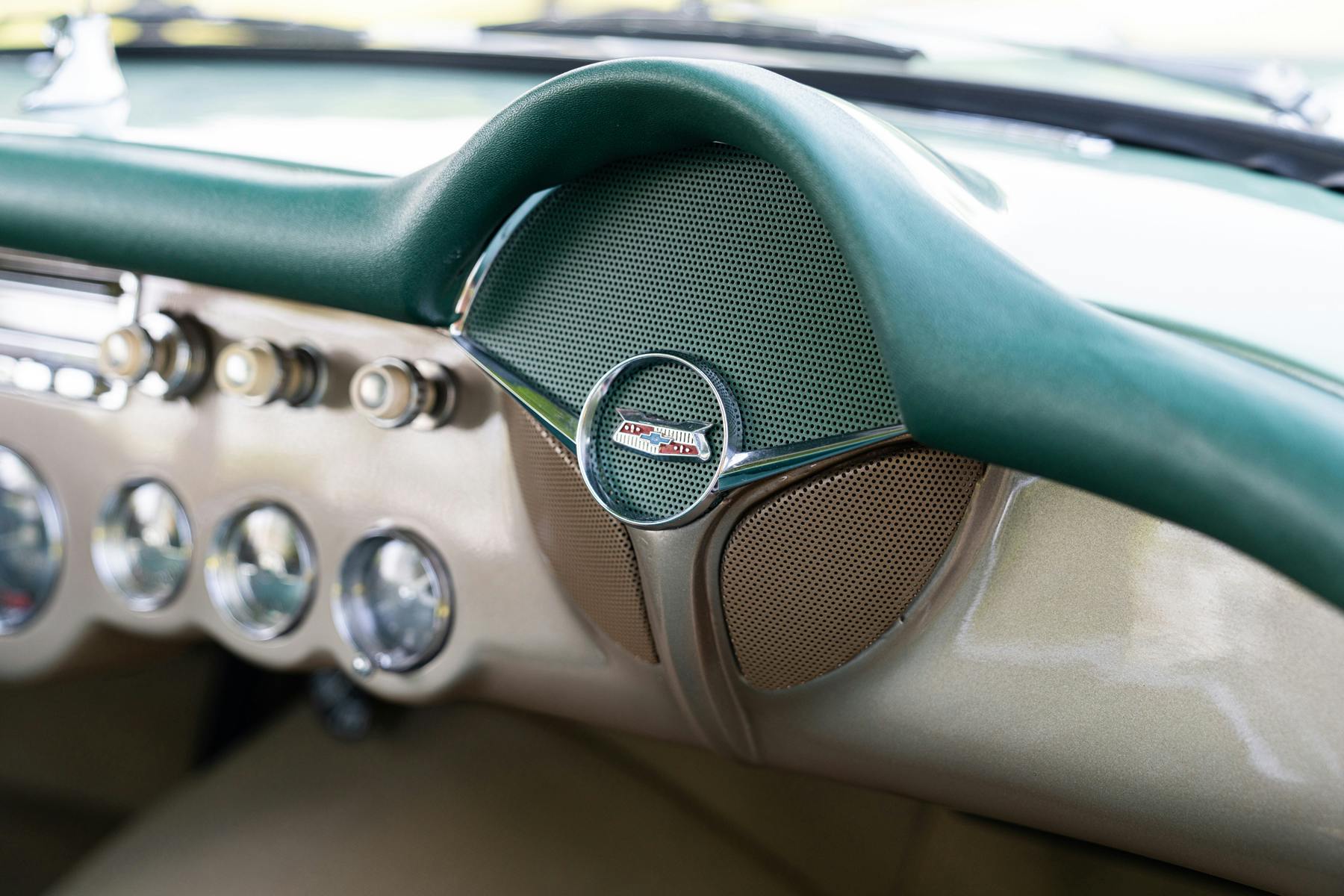

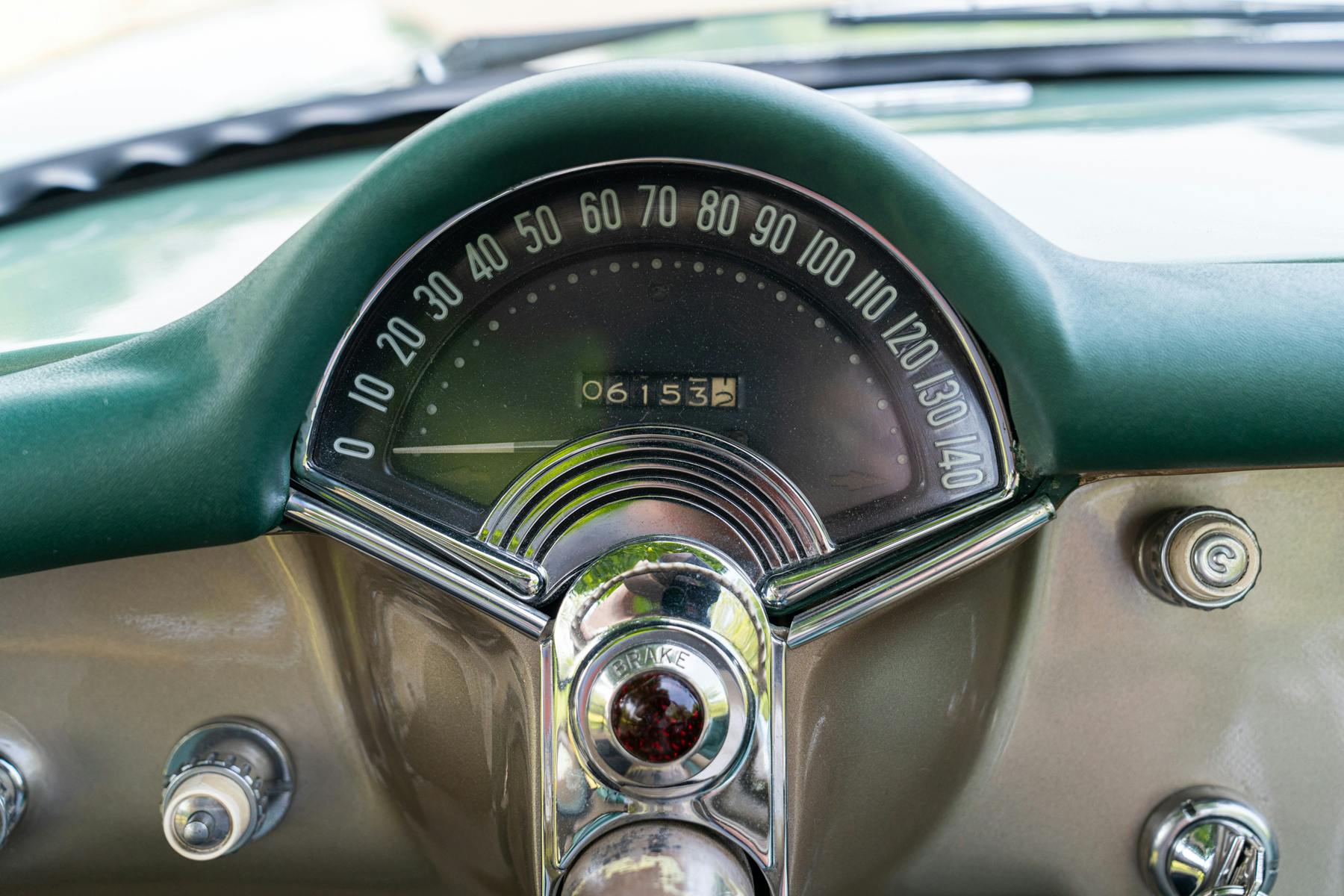

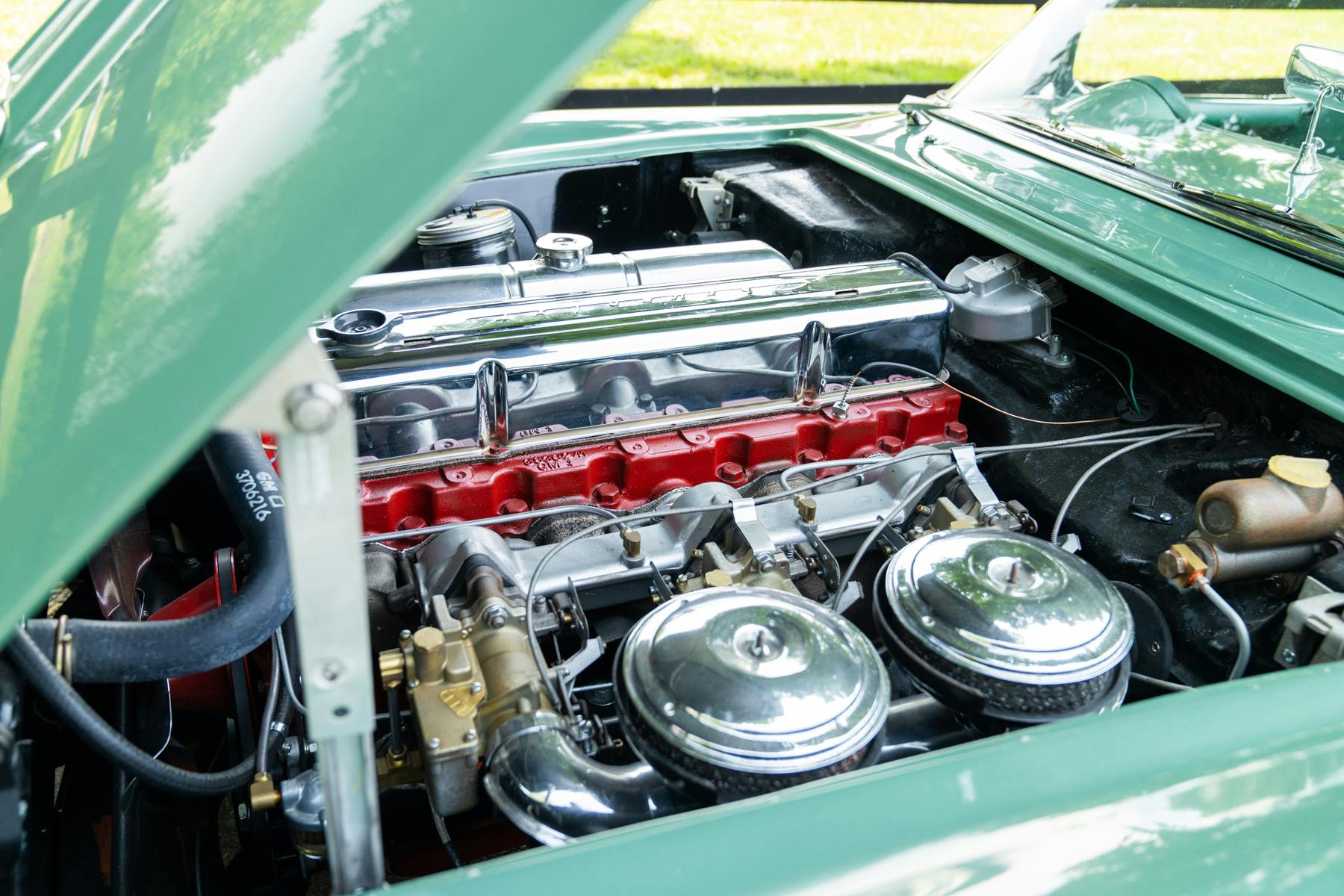
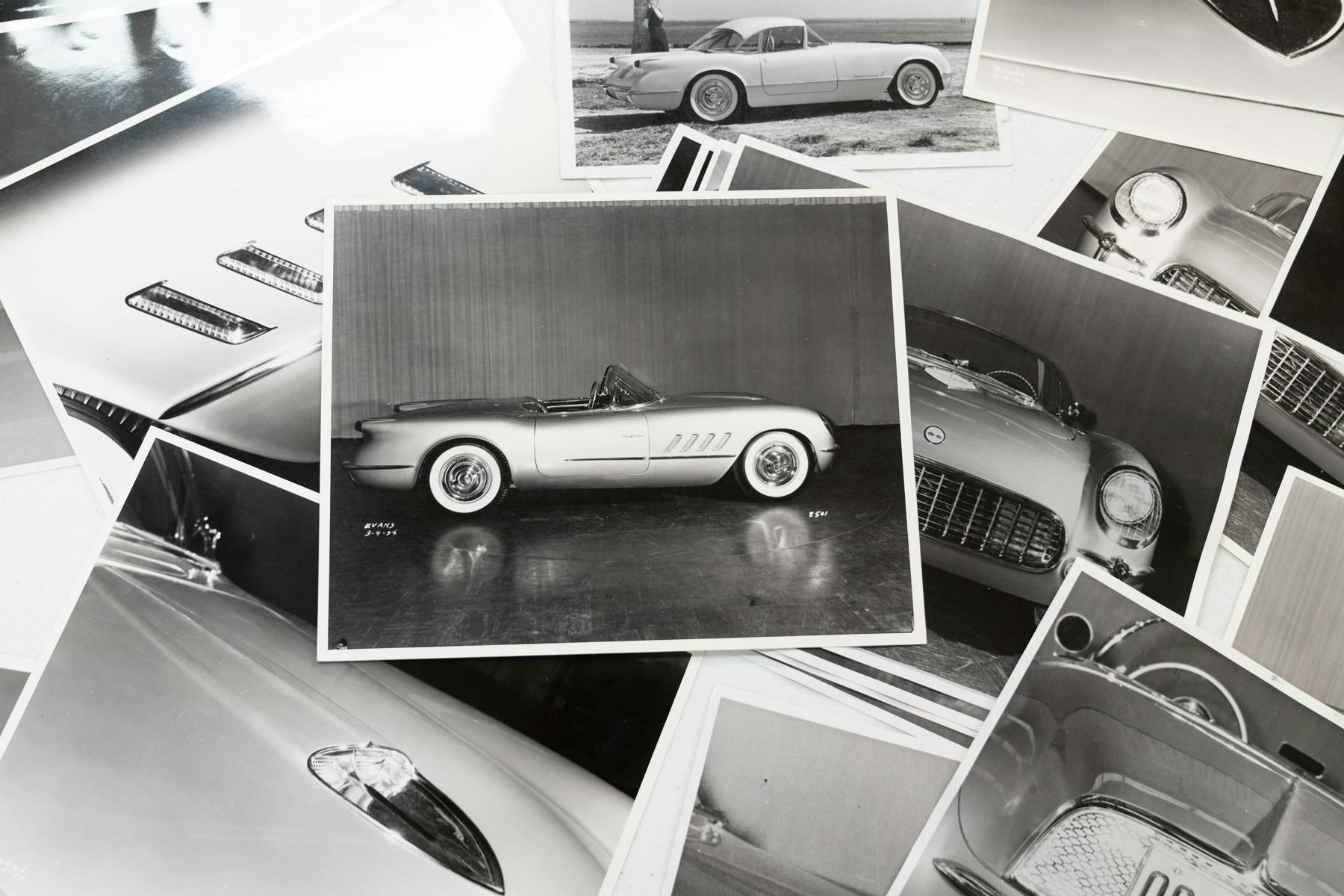

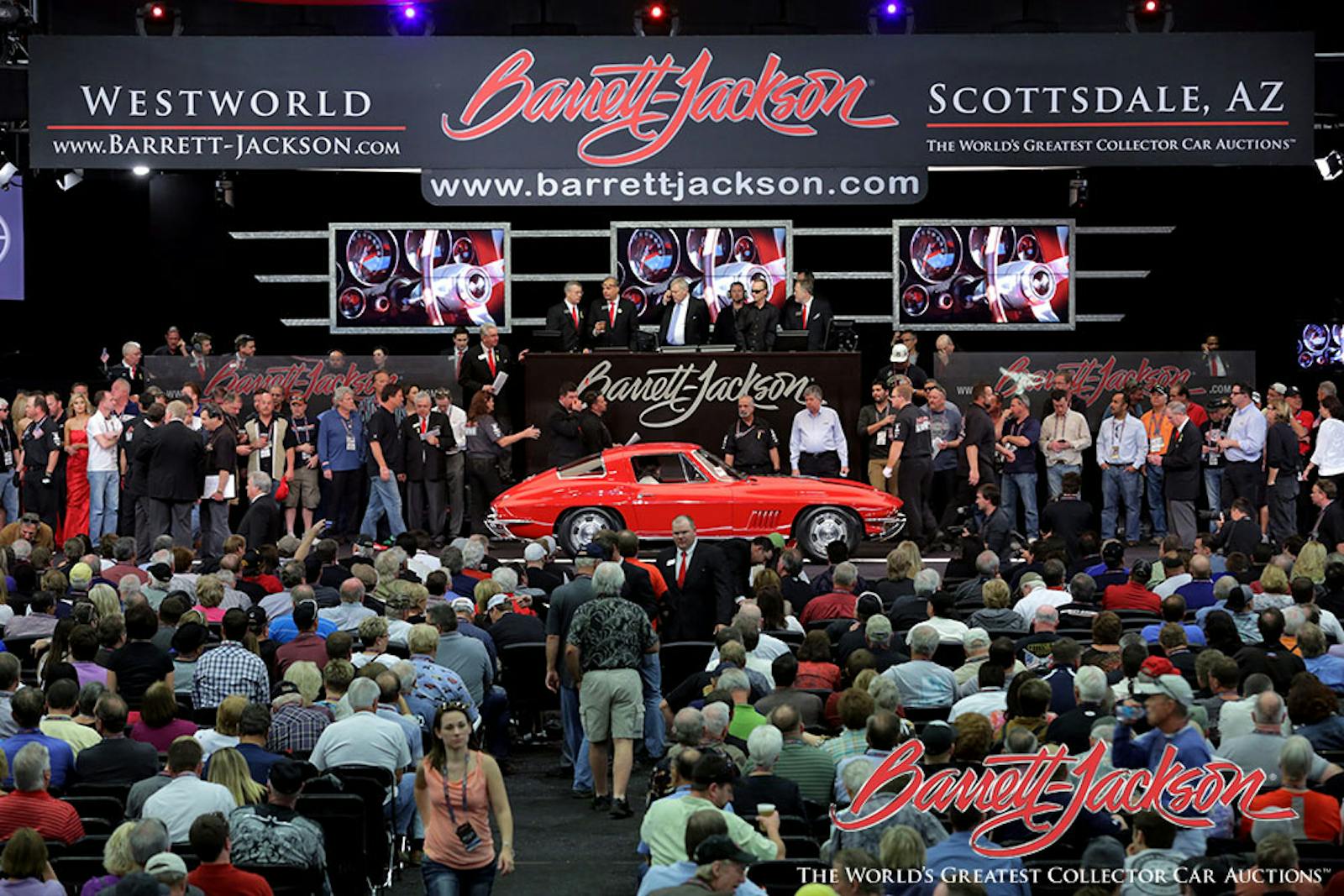
Studebaker tacked on a trunk bump to their Hawks in the mid 50s similar in effect to this prototype.
Not a fan of it in either instance, but common threads of design happen in any decade.
The ‘trouble’ with the otherwise lovely 11th-generation T-Bird was that it looked like a Corvette.
There is little doubt that this Corvette looks like a Thunderbird.
Thumbs up: The grille and side profile.
Thumbs Down: Rear Deck and license plate holder.
What the?: 1958 Ford fake hood scoop.
Agreed. The overall design is quite nice, except for the hideous out-of-context chrome rear license plate cove.
Agree, but I really like the perforated chrome Bowtie trim. Subtle if used correctly, not so much here. Would have made a nice dash trim/instrument background, tho’.
I think you mean the 54 Corvette fake hood scoop on the 58 Ford!
I think the photo with the installed hardtop (see black and white photo collage page) is oddly BMW ish in its profile. Handsome.
Beautiful Vette – nice restoration – but I have to ask: “What’s going on with the trunk interior?” (photo #23) Flakey paint and a black rope – or is that a few old fanbelts? Are are they included in the 1 million price?
It’s interesting and the color is gorgeous.
I don’t believe the color compliments that car.
Not a bad looking car (except for the trunk). Interesting that the “Corvette” scripts on each side include the larger gold “V” that indicated a V8 powered car in 1955, but it retained the I6. Where has this car been all these years? I thought I was pretty familiar with Corvette history, but have never seen this car.
It would have been nice if the story had more information about where this car has been for the last 70 years, and who is responsible for the gorgeous restoration. Someone must have some insight as to where it was hiding!
This one must have been tucked away for a long time. I have never seen or heard of this car. What a nice restoration of a very rare car.
Why share the unattractive photo of the trunk?
If they hadn’t shown the picture of the trunk you would have complained that they didn’t. Amazes me what people can find to complain about SMH.
The most amazing Vett of all was/is the Waldorf Nomad. Past history says that no one knows what happened to i; No record of it being destroyed. Must be covered with dust somewhere. Value$$$.
How about an article on this one.
My father sold a dark green 55 with a 283 V8 (not original), auto-trans, with Plexiglas side curtains,no canvas, just top frame in 1975 for $800. And the guy drove it away. If I only knew!
Keep the grille, lose the rest.
Note the “egg-crate” grille – which made production, on the 1955 Chevrolet passenger cars. It was conceived from a “Ferrari-Type” design…but history shows the initial sales of the ’55 Chevrolet passenger cars, was a bit slow. GM actually considered the installation of the (future), 1956 Chev. front-end look, on the 1955’s, but it was never-to-be, until the 1956 models were released to the public, in Oct. 1955. personally, I think the design here, was too flippant, and grossly hideous! Remember, by 1954 GM had considered the Corvette a failure (sales-wise), and by the “left-over” ’54 models it was in serious trouble. The 265 V-8, saved-the-day, on a 3-year old model… CHEERS! AL
I’ve never seen the bowtie perforated screen around the license plate. Seems like that cpuls be a design element in modern Chevys.